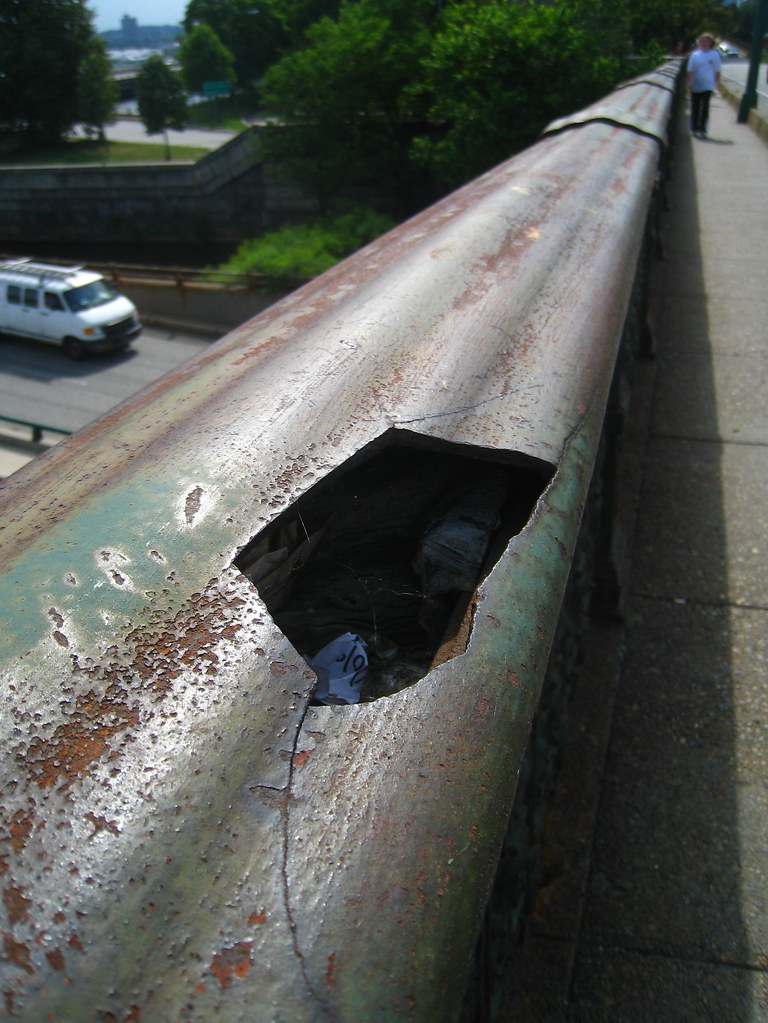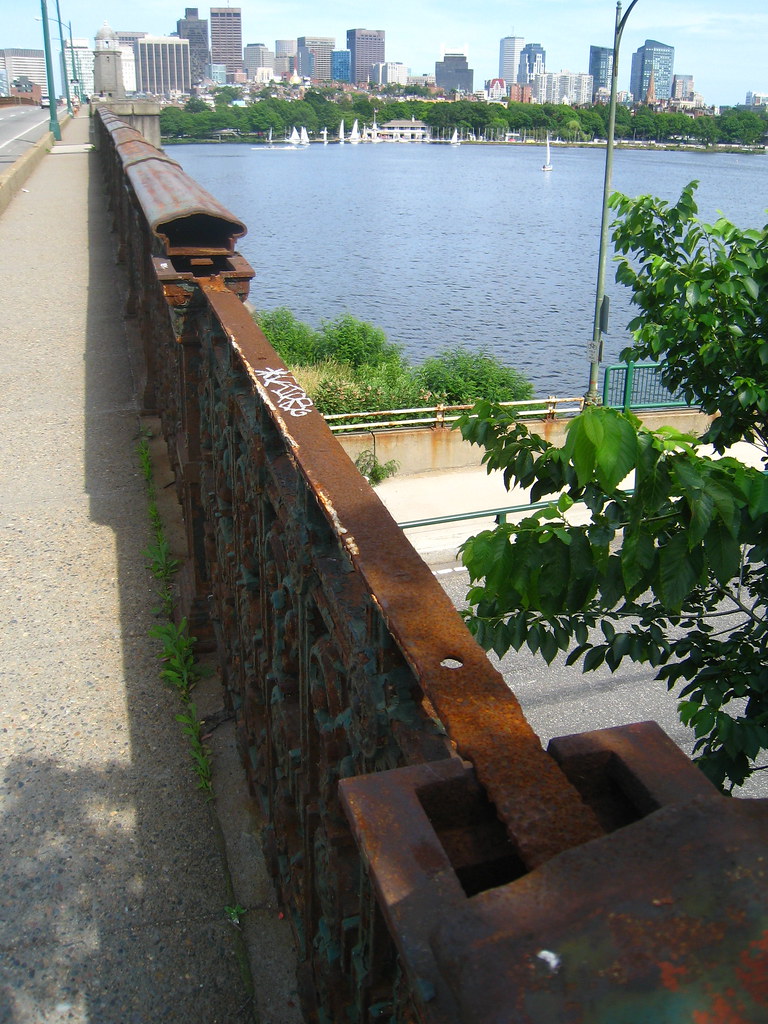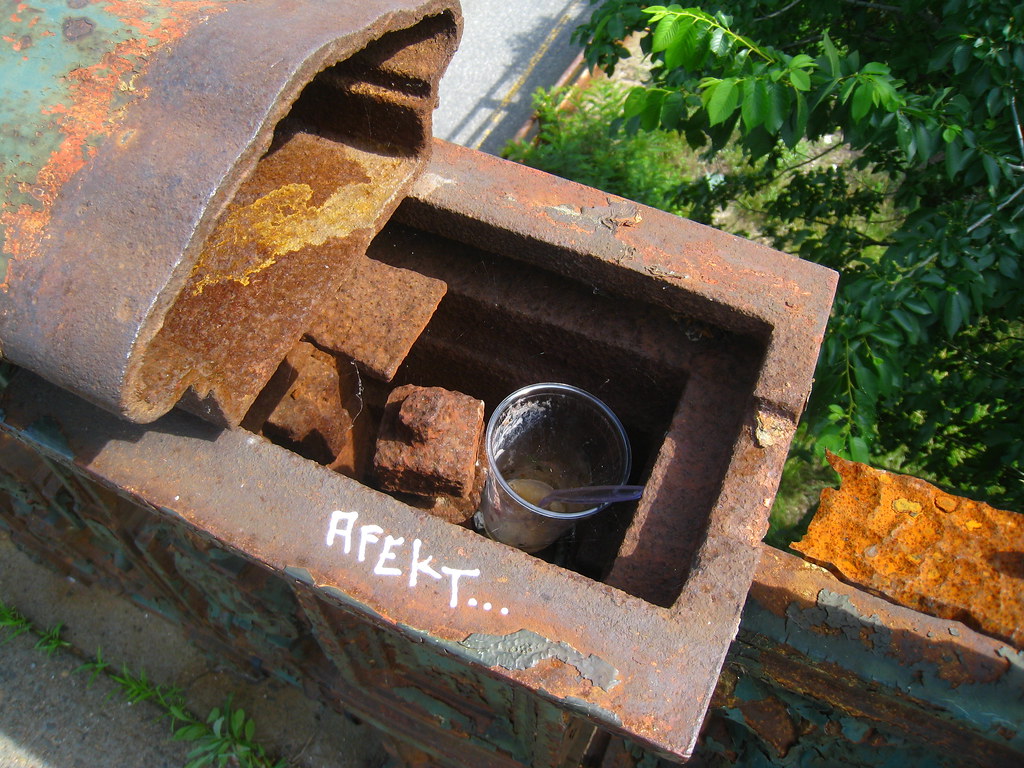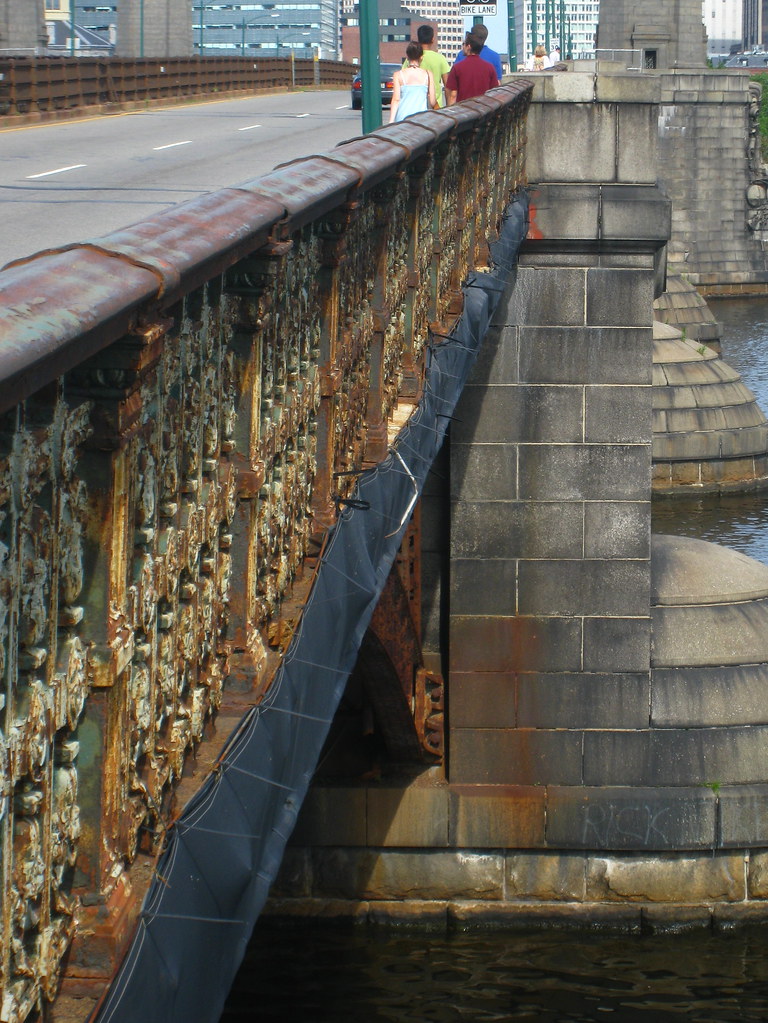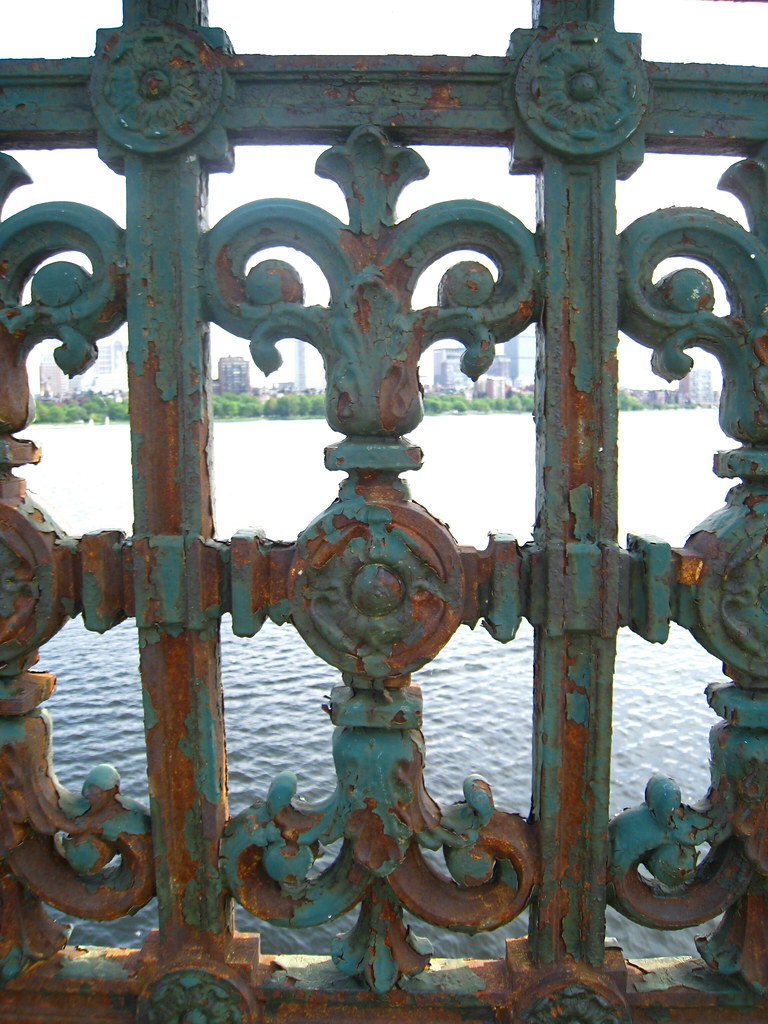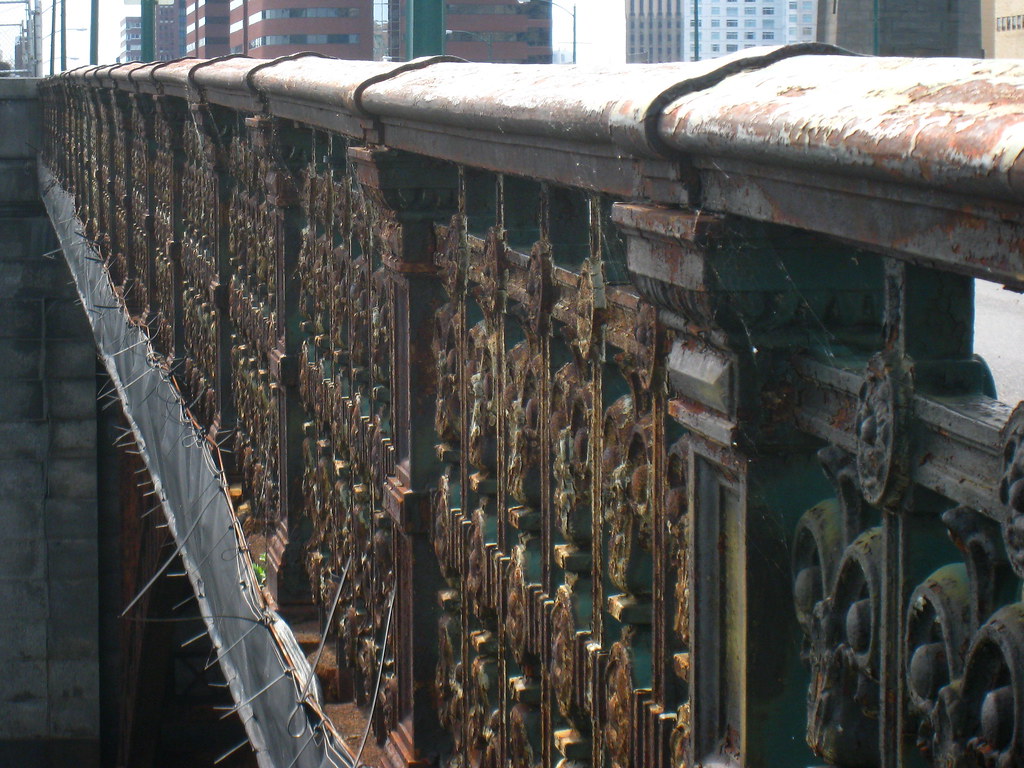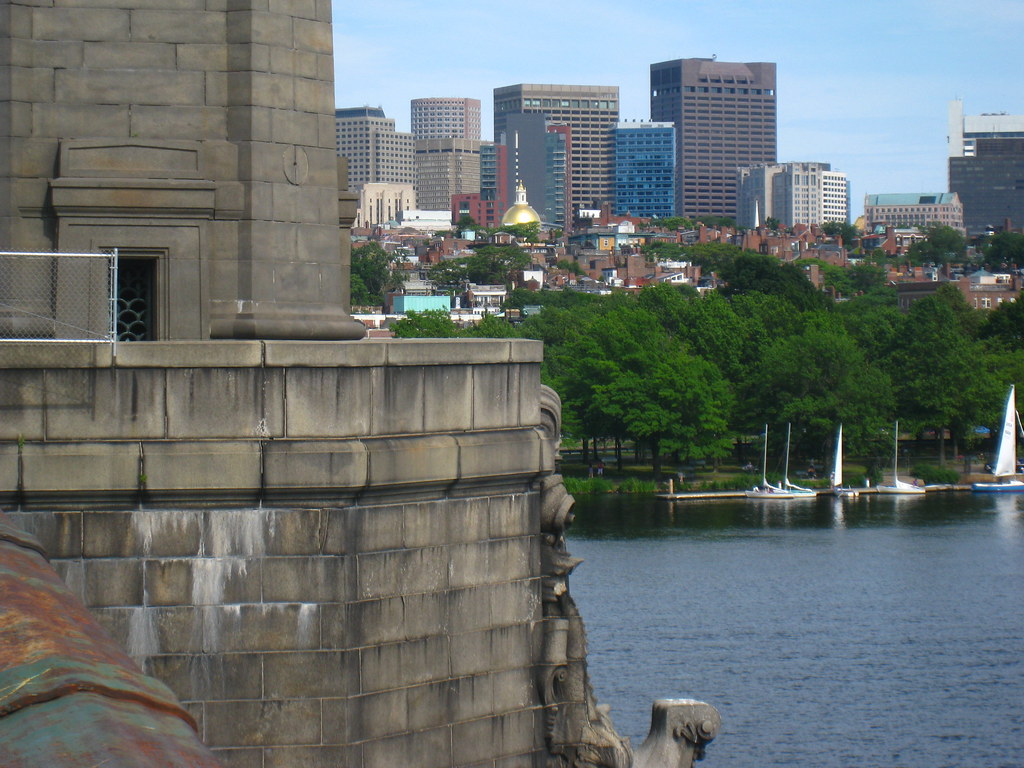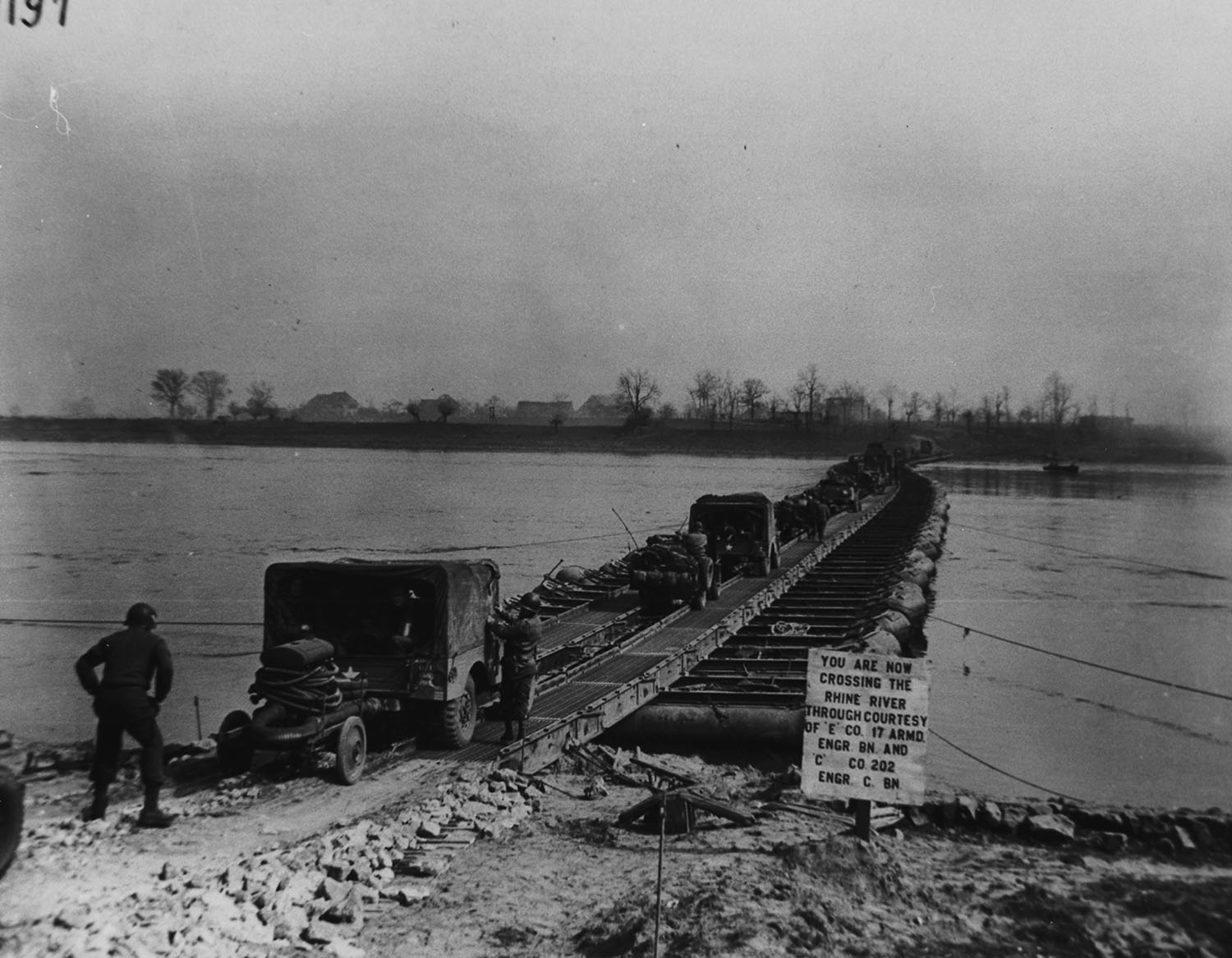Loony over Longfellow
By Brian McGrory
Please circle the date on your calendars: Monday, June 21, 2010. It?s the date that state officials announced plans to rebuild the Longfellow Bridge, but more to the point, it?s the date when Massachusetts lost its collective mind.
It?s not the project that?s so bad. The Longfellow is a perfectly nice bridge in dire need of repairs. It spans the Charles between Boston and Cambridge. It carries the Red Line. It?s a journeyman?s bridge with a dash of Old World style.
The problem is the price tag, which is $260 million.
Think about this, ladies and gentlemen. We are about to spend 260,000,000 dollars on a bridge that?s already there, and nobody seems to be batting an eye.
To put this in some perspective, The New York Times published a recent story about an amazing bridge that?s nearing completion above the Hoover Dam on the Nevada/Arizona border. Engineers used unprecedented feats to build a structure in 120 degree heat and high winds 900 feet above the Colorado River. There was no foundation to support construction.
The cost to create this bridge: $240 million.
Or travel downwind from the Longfellow to the Leonard P. Zakim Bunker Hill Memorial Bridge less than half a mile away. It?s the widest cable-stayed bridge in the world, with 10 lanes of traffic inside and outside the cables. It has become a signature structure in this city since it was dedicated in 2002, its purplish glow gracing posters and postcards.
The cost: $103 million.
I?m no math genius, but by my calculation, it?s going to run 2 1/2 times more to rehab the Longfellow than it cost to design and build the spanking new Zakim Bridge in a stronger economy less than a decade ago.
And the state projecting a price tag of $260 million is like Bill Clinton saying he never had sex with that woman. It?s nice to believe, but you are skeptical.
If they come in under $500 million within five years of their deadline, the champagne will flow like we just won the World Series.
The feds are paying 80 percent of the projected costs, but probably won?t pick up a dime on the overrun.
All of which is part of a Massachusetts phenomenon that has to be stopped. Ever since the Big Dig, we?ve lost all sense of proportion about what projects should cost and what we can afford. We build high schools that run toward $200 million. We build rail lines in the hundreds of millions. We fuel the fact that everything in Massachusetts, from health care to electricity to construction, costs more than just about anywhere else.
I called the State House yesterday with this proposal: Build a brand new bridge next to the Longfellow, and once it?s finished, knock the old boy down. You could undoubtedly get more lanes for less money, and for the preservationists, transfer the iconic salt and pepper shaker-shaped columns from the old to the new.
Jeffrey Mullan, the state secretary of transportation, was kind enough to hear me out before shooting me down. He decried something called the 4(f) process, which a Federal Highway Administration website said ?is considered by many to be a complex law.??
Include me among the many.
I?m paraphrasing here, but I think federal guidelines call for anyone trying to change a historic transportation structure or build near parkland to burn in hell. The Longfellow is more than a century old, is in a protected district, and crosses parks.
?I admit, it?s a lot of money; it?s too much.?? Mullan said. But he didn?t offer alternatives.
So we?ll accept that the bridge has been sorely neglected for decades and the feds have onerous rules. We?ll stipulate that Deval Patrick has stepped up where prior governors have looked the other way.
But what we are willing to pay is utterly ridiculous. As much as we need to fix the Longfellow, Massachusetts also has to fix the way it gets things done.


